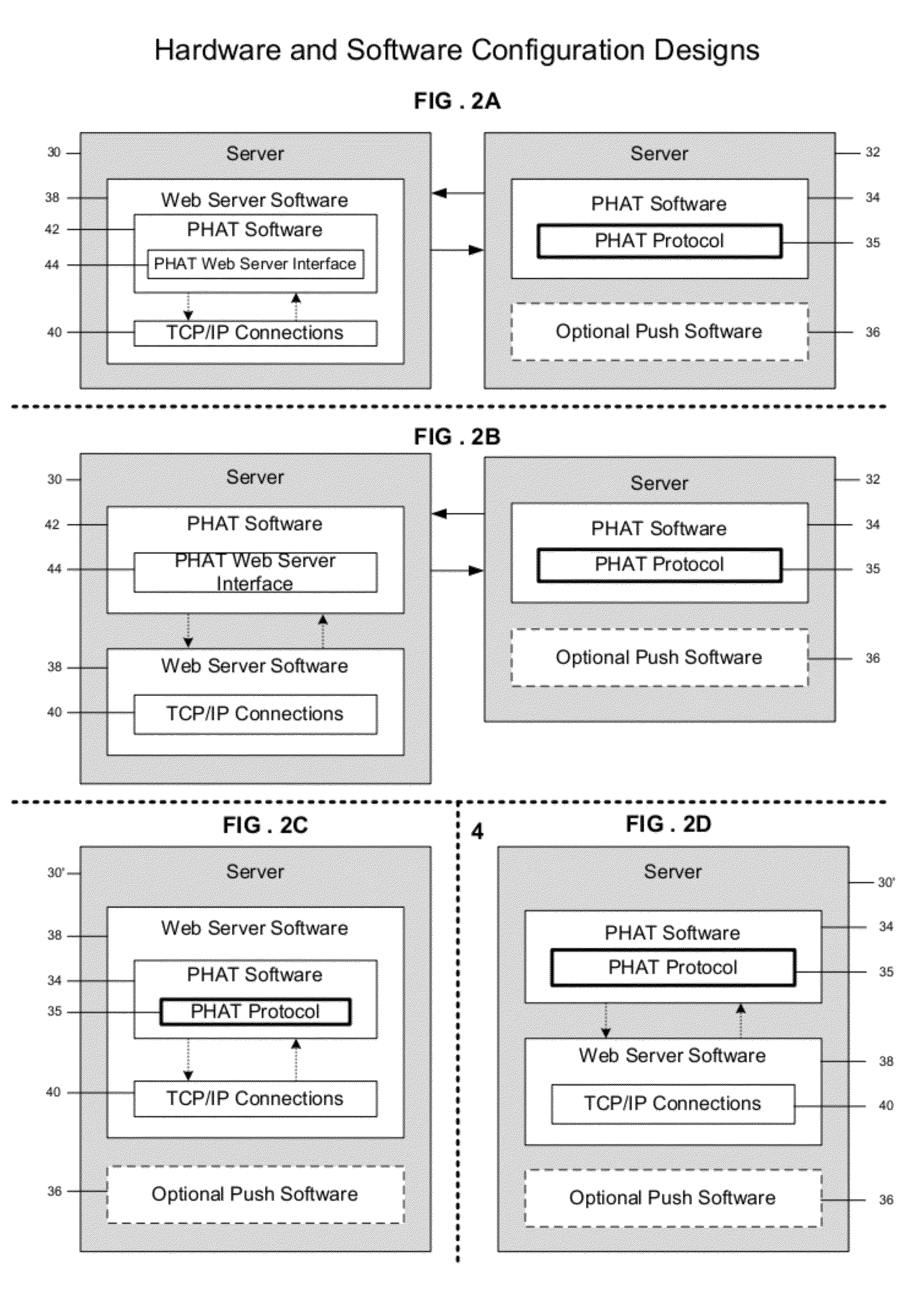Method and system for pacing, acking, timing, and handicapping (PATH) for simultaneous receipt of documents employing encryption
a technology of simultaneous receipt and document, applied in the field of method and system for information distribution service, can solve the problems of increasing the cost of system equipment and room, not all computer equipment for transmitting information has the same engineering, and the use of satellite technology for this purpose is also significan
- Summary
- Abstract
- Description
- Claims
- Application Information
AI Technical Summary
Benefits of technology
Problems solved by technology
Method used
Image
Examples
Embodiment Construction
[0070]Modern fast multi-processor computers, fast multiple Network Interface Cards (NICs), and the low-latency of the current U.S. public Internet render satellite and encryption techniques unnecessary, as more straight-forward approaches based on timing are available for problems of realistic size. A method for “simultaneous disclosure” of press releases / documents over the Internet which (1) “plays no favorites” and (2) gets a document to every customer at the same time “for all legal, regulatory, financial, and other practical purposes.”
[0071]Systems and methods according to exemplary embodiments of the present invention utilize timing-based methodologies to achieve substantially simultaneous disclosure / reception of impactful information in documents at a plurality of recipient machines. As used herein, substantially simultaneous means receipt of impactful information within a document at a recipient machine within an acceptable time tolerance. An acceptable time tolerance is with...
PUM
 Login to View More
Login to View More Abstract
Description
Claims
Application Information
 Login to View More
Login to View More - R&D
- Intellectual Property
- Life Sciences
- Materials
- Tech Scout
- Unparalleled Data Quality
- Higher Quality Content
- 60% Fewer Hallucinations
Browse by: Latest US Patents, China's latest patents, Technical Efficacy Thesaurus, Application Domain, Technology Topic, Popular Technical Reports.
© 2025 PatSnap. All rights reserved.Legal|Privacy policy|Modern Slavery Act Transparency Statement|Sitemap|About US| Contact US: help@patsnap.com



